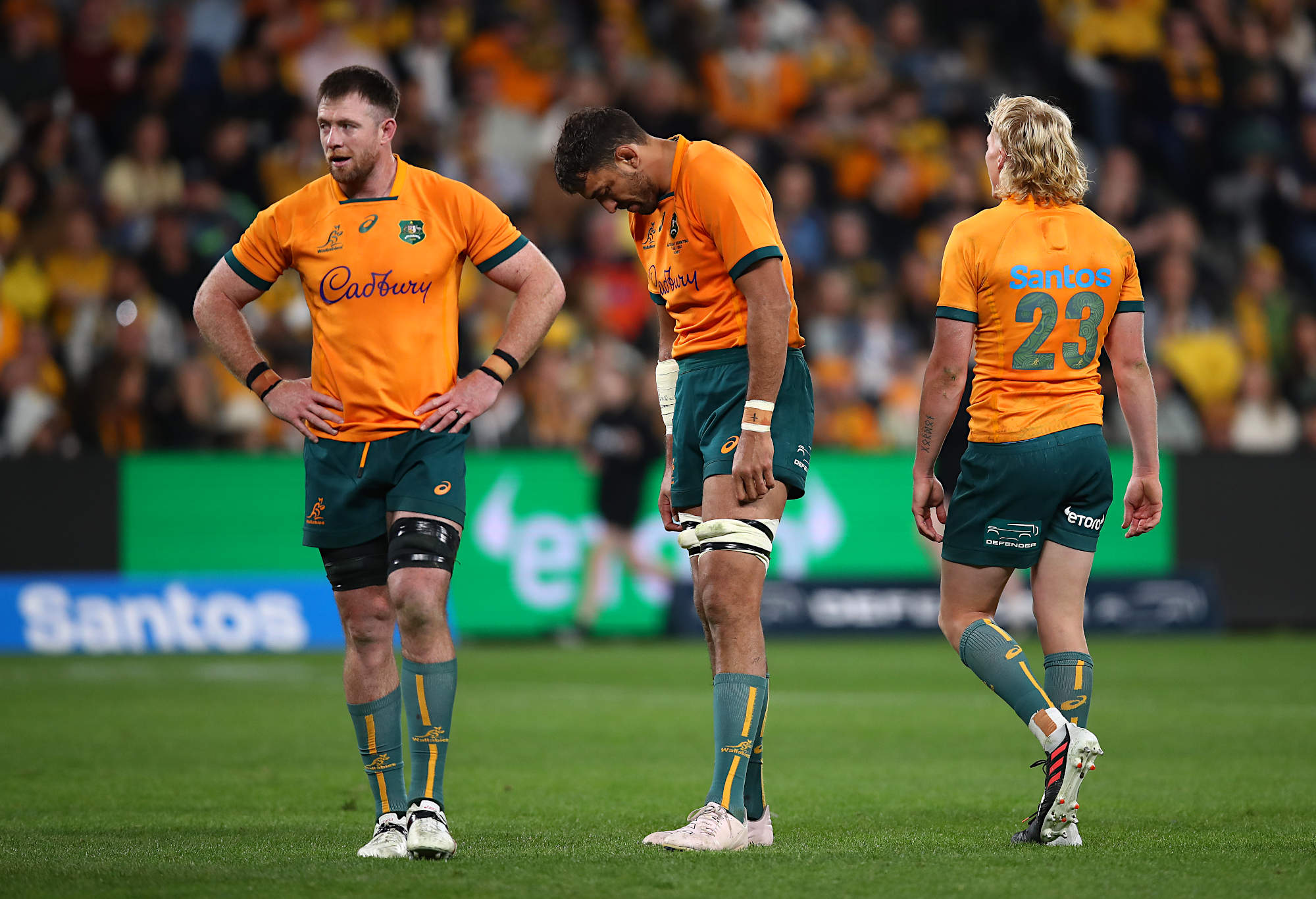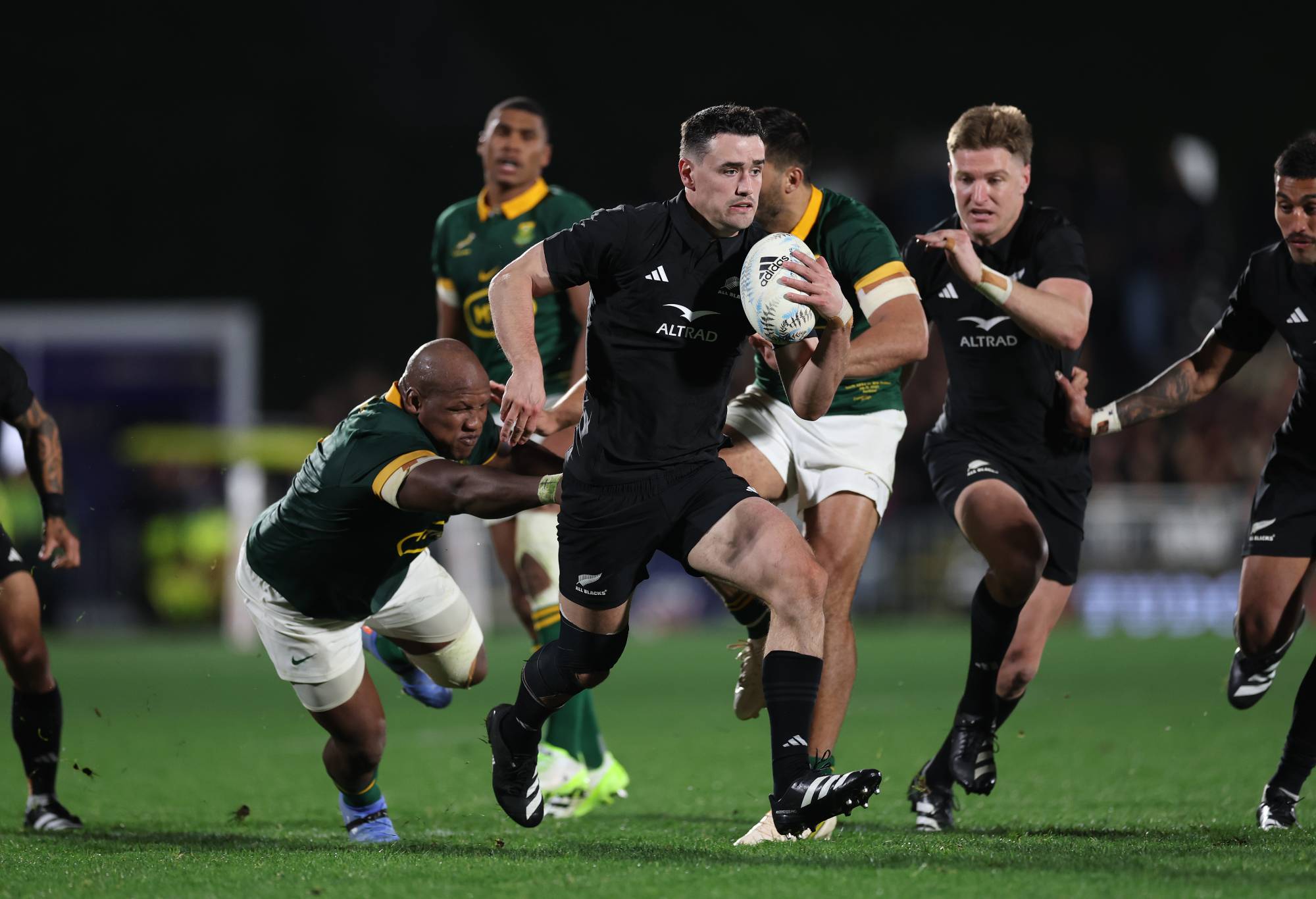Rugby has always required money to operate. Back in the day it was probably a few beers to borrow a farmer’s paddock.
But even before professionalism, rugby unions were selling tickets, sponsorships and running the ubiquitous meat raffle. Then selling television rights via pay tv opened up an entirely new revenue stream.
Pay tv brought in such an increase in revenue, at one stage it was thought gate takings would no longer be that important. As southern hemisphere rugby unions bitterly know, this is not the case. As with the amateur days every cent of revenue is spent in a constant cycle of robbing Peter to pay Paul.
To stem the bleeding of players heading north, Super Rugby/SANZAAR looked for ways to increase revenue. The recurrent idea was to add even more teams to existing competitions.
Sometimes this worked well: Los Pumas joining the Tri Nations, forming the Rugby Championship. While increasing the number of Super Rugby teams by 50% may have resulted in more revenue, it ended up making the competition less than super.
The COVID-19 accelerated split with South Africa only made life more difficult for the remaining Super Rugby members as a large share of Super Rugby revenue came from South Africa.
Rugby Australia is deep in debt and is counting on the Lions tour and RWC 2027 to keep them afloat. The NZRU has recently gone as far as to sell a piece of the pie, based on the idea the new co-owner will increase the value of the pie.

(Photo by Jason McCawley/Getty Images)
That idea was much debated, not universally accepted, and it is still too soon to tell whether it worked. Even with record revenues of $271 million, including the first tranche of Silver Lake money, the NZRU lost $47 million; though this was partially caused by one-off expenditures.
The NZRU has recently announced it is attempting to build a stronger relationship with Japan, with regular games against the All Blacks, Māori All Blacks and All Blacks XV. This will hopefully unlock some of the lucrative Japanese market and pave the way for an annual Super Rugby/Japan Rugby League One playoff series.
But there are other ways to make money. Rugby these days is an entertainment product. It makes money because people are willing to pay to experience it. The broadcast model is to sell the rights to a third party who makes the product available to the consumer, for a profit. That profit is money which has been left on the table for years. There is no reason why rugby unions can’t cut out the middleman and deliver the product direct to the consumer.
Hopefully the NZRU registering the nzrplus.co.nz domain is a sign of moving away from the broadcast model. While broadcasting games on television is still currently necessary, having a genuine online option to deliver the product will increase the bargaining power of the rugby unions.
For the direct to the consumer model to work, Rugby Australia needs to get on board at Super Rugby level, and the SARU and the UAR need to get on board at the Rugby Championship level. Often getting them to agree on anything is difficult. But as there is a lot of additional revenue to be gathered, I suspect all parties will see eye to eye while arguing over the specifics.
Capturing more of the broadcast money is one thing, making the most out of the footage is something completely different. If Super Rugby/SANZAAR are no longer beholden to a broadcaster, who holds onto the footage tighter than Smeagol grips his ‘precious’, new options open up.

(Photo by Jason McCawley/Getty Images)
The broadcast is the primary way the visual form of the game generates revenue. But not the only way. The secondary market for the footage has been neglected for too long. A good secondary product will generate revenue, entice new fans and keep existing fans engaged.
For example: ESPN SportsCenter is a massively profitable and engaging show. It is a secondary product what gives new life to old footage. It is largely made up of highlights which it then explains in enlightening detail (with the ever-present digital pen drawing white lines on the screen).
SportsCenter probably shows less than five percent of any given game. They focus on a particularly pertinent aspect of a game and demystify it. So much so that it has spawned a generation of Monday morning quarterbacks who think they are high level sports analysts.
Super Rugby/SANZAAR have relied on the likes of Sky to deliver their secondary product for too long. Part of the issue is the massive overheads of producing tv shows, meaning the audience required to achieve a profit is very large. It seems that broadcasters try and use name recognition of previous stars to draw in the required large audience, while also not making the show too detailed to put off the casual fan.
What results are shows of questionable value such as ‘The Breakdown’ – a show which is mostly cited, in Roar comments, as source of analysis adjacent nonsense.

(Photo by Phil Walter/Getty Images)
Sites like The Roar exist because there is a market for deeper analysis and understanding of the game. But there are limits to how well text and the odd picture can explain a visual medium.
The Roar’s Brett McKay raised this point in his June article, Burning issue Super Rugby Pacific Commission must put top of its priority list:
“And for goodness sake, encourage content creators to share highlights and make their own analysis video clips instead of issuing petty copyright requests”.
How much more value could be added to the well made points in, for instance, Highlander’s articles if footage was able to be included?
Also, it is part of the shift away from traditional, expensive, long form, broadcast media towards bite size videos made on the budget of a camera and microphone. This trend is killing traditional broadcast media and is not going away.
If Super Rugby/SANZAAR was more willing to let independent social media creators use footage it would massively expand rugby’s media footprint. One of the benefits of this approach is that social media creators work for free on the hope they will create a following large enough to monetise.
Social media creators, with existing followings, could apply to Super Rugby/SANZAAR to use footage with a profit sharing agreement. Imagine if every Super Rugby team had their own (or multiple) independent social media channels? Apart from a new way to reach the audience, it’s free money for Super Rugby/SANZAAR.

(Photo by Jason McCawley/Getty Images)
Rugby fans are fond of saying how rugby is the most difficult game to referee because of its complexity. That complexity is also a barrier to rugby being adopted by those who have not grown up with it. For rugby to grow it needs new fans. Many of the new fans will be in countries that don’t have a history with the game.
Bite sized, well explained videos could be the thin edge of the wedge to entice these new fans. While also recapturing younger fans who grew up with the game but can’t be bothered watching an entire game and paying to do so.
There are some outstanding independent YouTube creators. One creator has an excellent video explaining the 1-3-3-1 structure which was instantly understandable to me. There are some things you can show much more easily than you can explain in text.
That sort of video made me watch the game more closely as I started getting an idea of what to look for. It also got me into rewatching games to see the things I missed when I watched it live, and to test my thoughts.
There is a different YouTube creator who uses footage, of mainly northern hemisphere rugby (because Super Rugby/SANZAAR strike videos), to explain modern trends and the direction that rugby is moving. Apart from being entertaining, the videos increase my understanding of the game. They also make me aware of an entire rugby market that I don’t have the time to keep up with otherwise.
In the never-ending quest to increase revenue rugby unions need to take the opportunities offered by ending their reliance on broadcast media. Super Rugby/SANZAAR can increase revenue and open new opportunities from the secondary market for game footage.
This will allow the product to be repackaged in a more consumable format which will entice new fans while retaining current ones and bringing back old ones.
































































































